Sever’s disease, or calcaneal apophysitis, is a common condition among growing children, particularly athletes, characterized by heel pain due to inflammation at the growth plate. Understanding the best footwear options available can significantly alleviate discomfort and support proper foot development. In this comprehensive guide, we’ll explore the best shoes for Sever’s disease, along with tips on what features to look for, detailed comparisons, and local insights. Let’s dive in!
Understanding Sever’s Disease
Sever’s disease typically affects children between ages 8 and 14, especially those involved in sports that involve running and jumping. The condition arises from repeated stress on the heel’s growth plate, leading to inflammation and pain.
Symptoms of Sever’s Disease
- Heel pain, especially after physical activities
- Difficulties walking or running
- Swelling or tenderness around the heel
Signs Your Child Needs Special Footwear
If your child exhibits symptoms of Sever’s disease, it’s crucial to consider their footwear. Look for:
- Increased complaints of heel pain after sports activities
- Changes in the way they walk or run
- Seeking out rest more often during playtime

Choosing the Right Shoes for Sever’s Disease
The right shoes can offer significant relief from pain associated with Sever’s disease. Here are some essential features to consider:
1. Arch Support
Shoes with adequate arch support help distribute pressure evenly across the foot, reducing strain on the heel.

2. Cushioning
Good cushioning absorbs shock and reduces impact on the heel during activities.
3. Heel Height
A moderate heel height can help alleviate pressure on the heel and provide better walking mechanics.
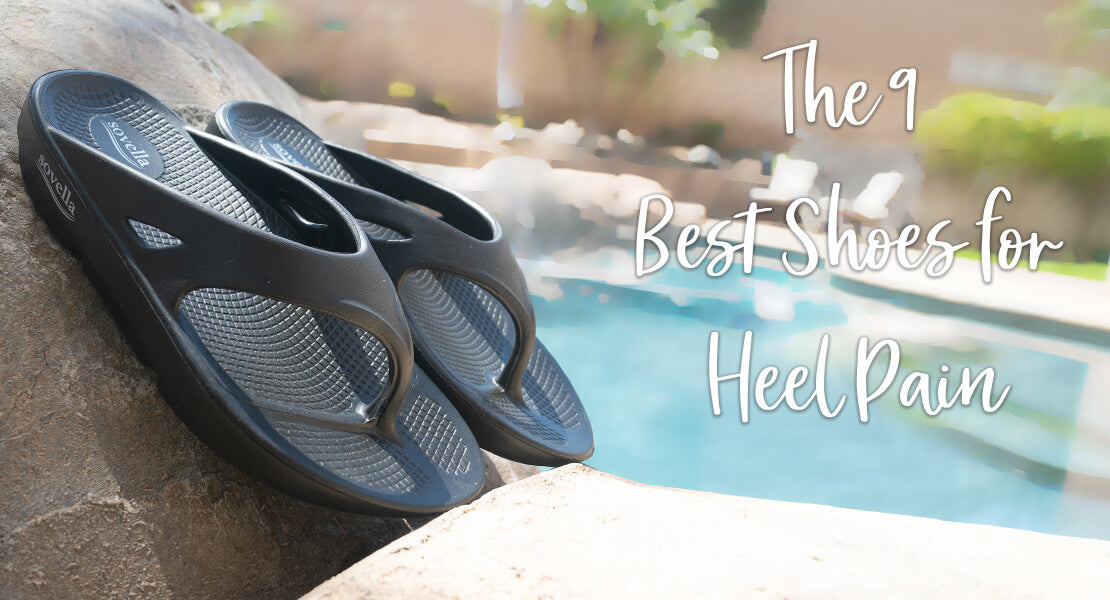
4. Flexibility
Shoes that are flexible in the forefoot allow for natural foot movement while providing necessary support.
5. Breathability
Material that allows for airflow can help keep feet dry and comfortable, reducing the risk of blisters.
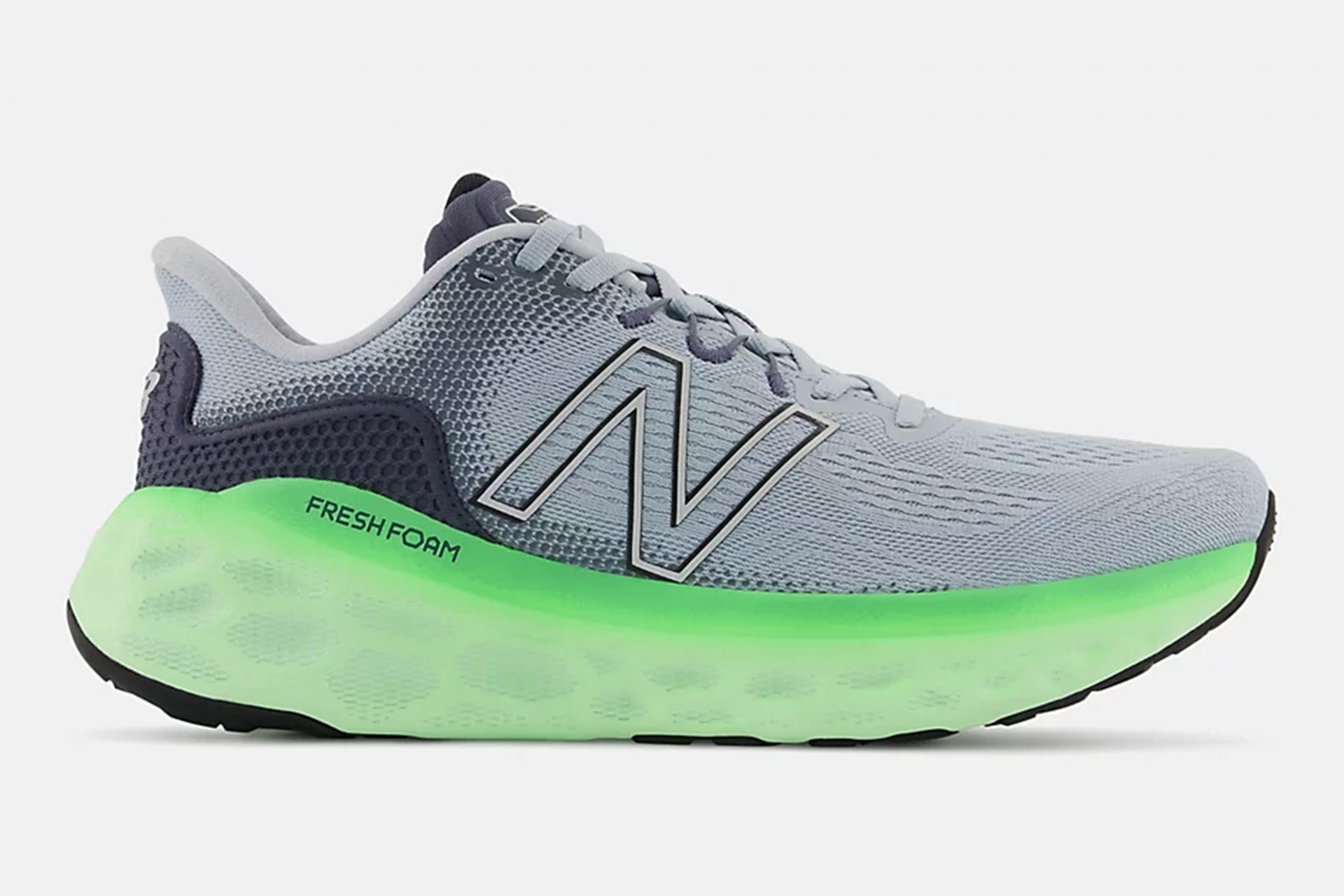
Top Shoes Recommended for Sever’s Disease
| Brand/Model | Key Features | Price Range | Pros | Cons |
|---|---|---|---|---|
| Nike Air Zoom Pegasus | Excellent cushioning, responsive support | $120 – $150 | Great for running, stylish design | May not fit wider feet comfortably |
| ASICS Gel-Nimbus | Superior shock absorption, arch support | $150 – $200 | Ideal for flat feet, durable | Higher price point |
| Brooks Ghost | Soft cushioning, great stability | $130 – $160 | Good for various foot shapes, long-lasting | Some users find it too cushy |
| New Balance Fresh Foam 1080 | Efficient shock absorption, lightweight | $140 – $170 | Comfortable for all-day wear, great reviews for heel pain | Sizing issues reported by some users |
| Saucony Triumph | Generous cushioning, supportive fit | $150 – $180 | Great for runners, known for comfort | Can feel bulky for some users |
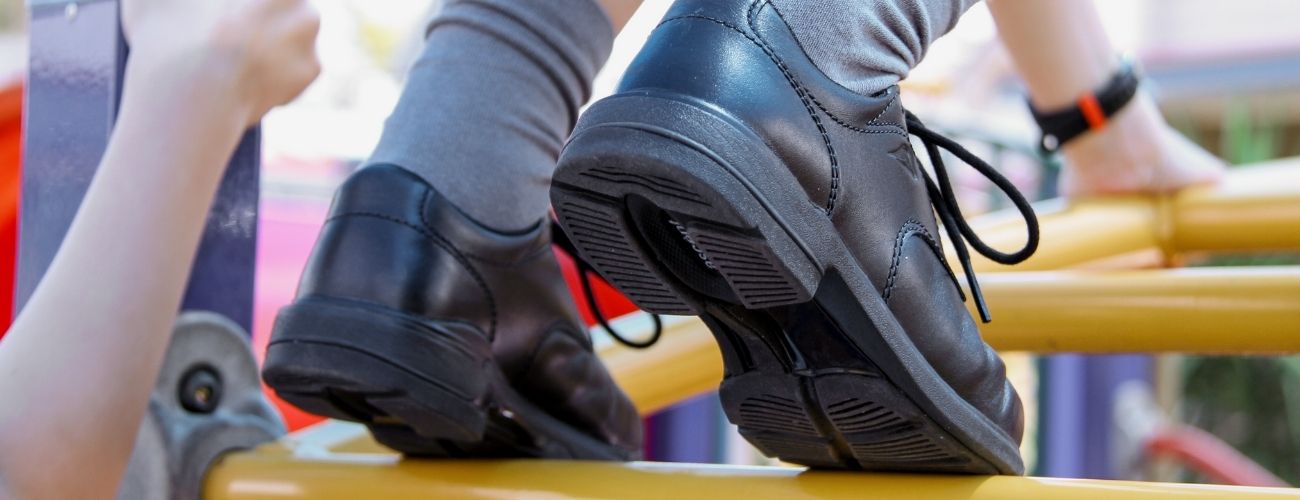
Additional Footwear Options for Sever’s Disease
Orthotic Shoes
Custom orthotic shoes can provide the necessary support and cushioning tailored to your child’s foot shape. Famous brands include:
- Orthofeet
- New Balance (Their high-top models are recommended)
- Dr. Comfort
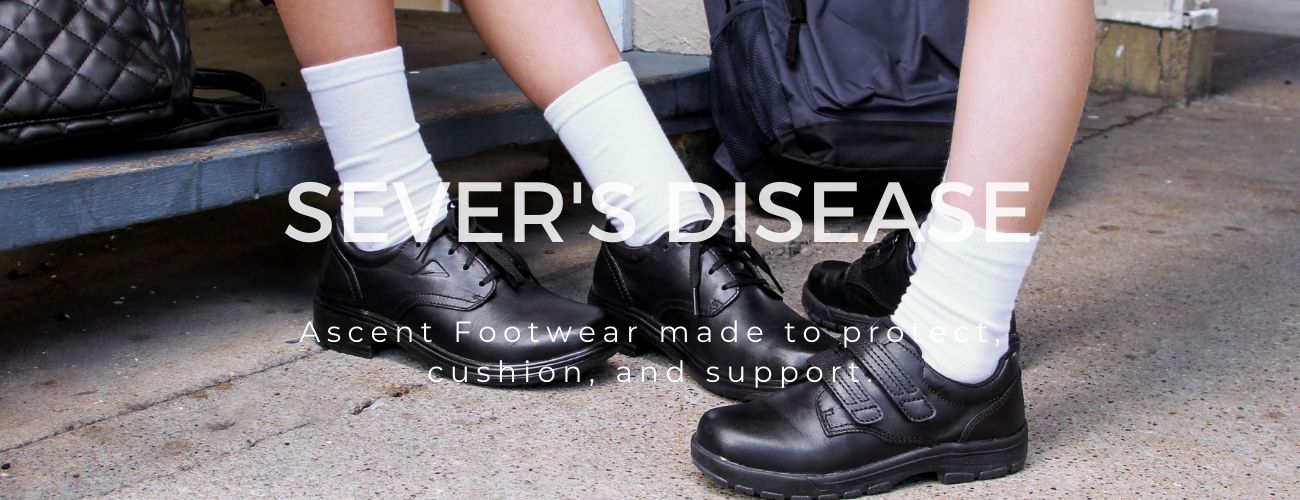
Sandals and Casual Shoes
During warmer months, supportive sandals can help. Look for sandals with the following features:
- Contoured footbed
- Adjustable straps for a secure fit
- Arch support
How to Care for Your Child’s Shoes
Proper shoe care can prolong the life of footwear and ensure they remain supportive:
- Clean regularly to prevent build-up of dirt and bacteria.
- Store in a dry, cool place to avoid material degradation.
- Replace worn-out shoes to maintain optimal support.
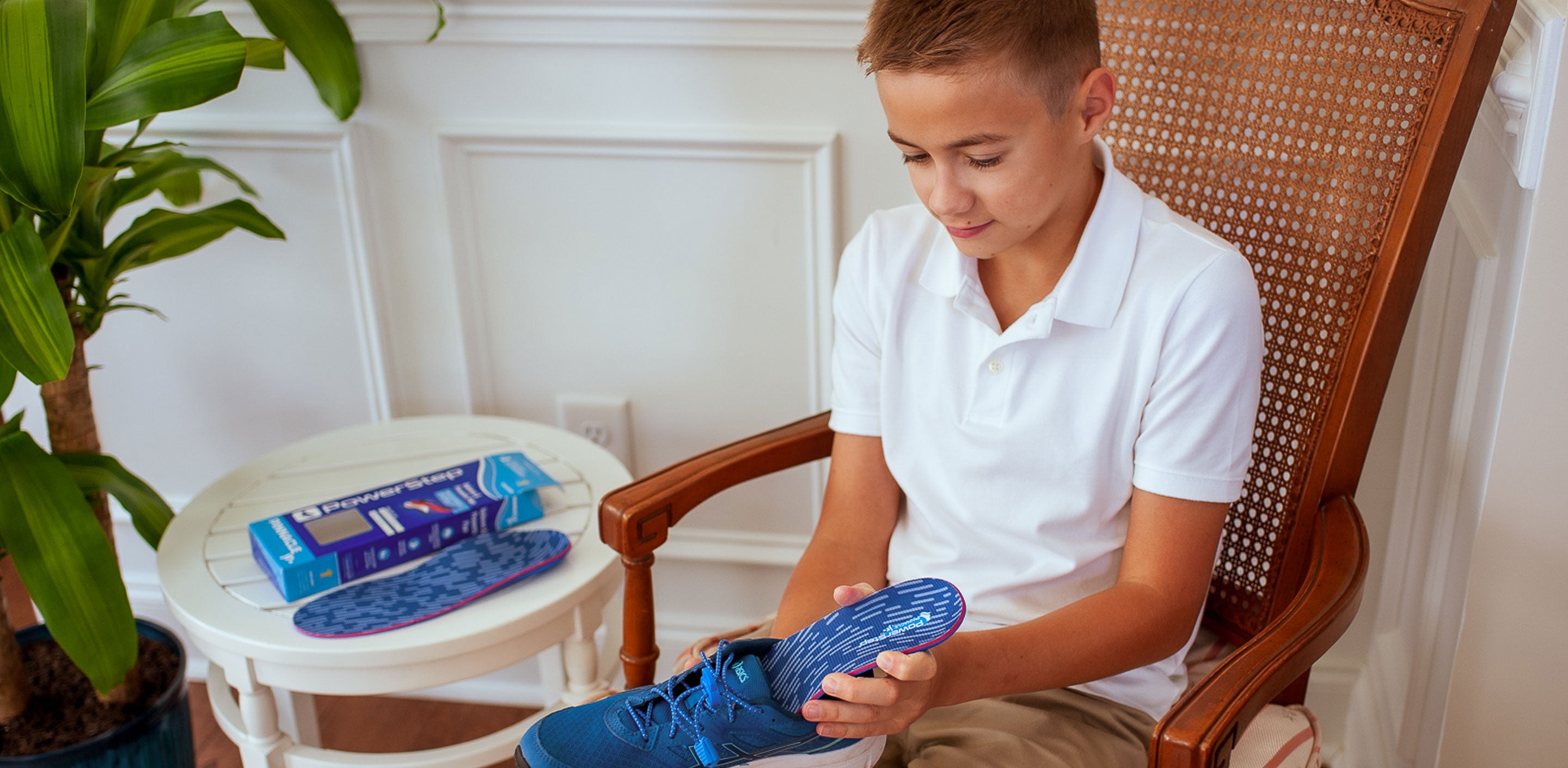
When to Seek Professional Help
If heel pain persists despite following the recommendations, consult a podiatrist or orthopedic specialist to explore further treatment options.
FAQs about Best Shoes for Sever’s Disease
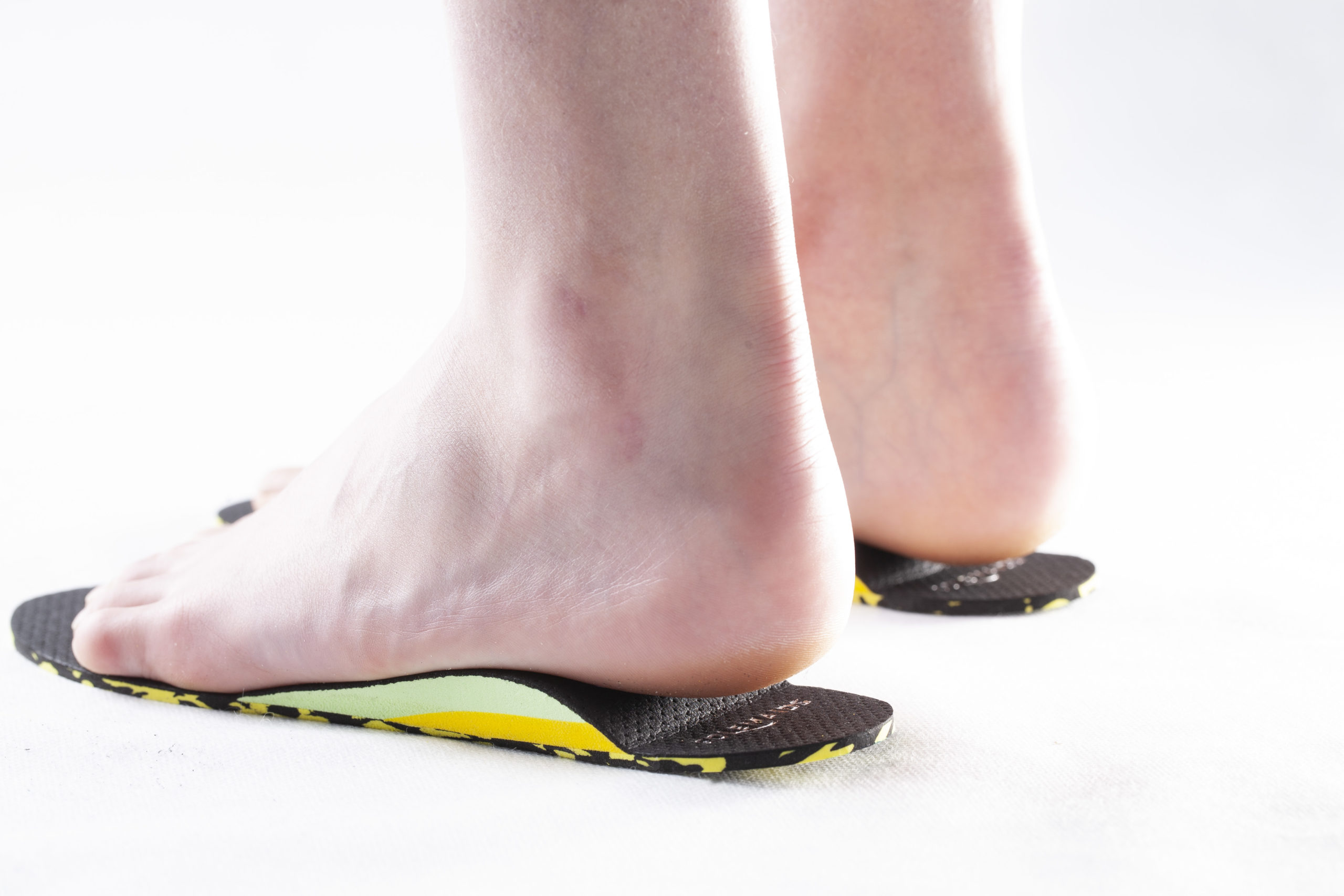
1. What are the best types of shoes for Sever’s disease?
The best shoes feature good arch support, cushioning, and flexibility. Running shoes with these qualities are often recommended.
2. Can everyday shoes cause Sever’s disease?
Yes, improper footwear lacking support can exacerbate or contribute to heel pain in children.
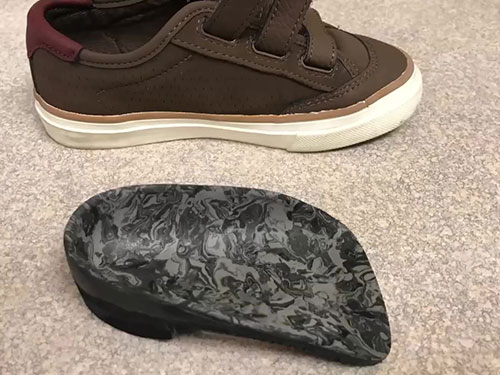
3. Is it advisable to use orthotics for Sever’s disease?
Orthotics can provide additional support and comfort and are often recommended for children suffering from Sever’s disease.
4. How can I help my child with Sever’s disease at home?
Resting, applying ice to the heel, and ensuring they wear appropriate footwear can significantly aid recovery.
5. Are there any exercises that help with Sever’s disease?
Gentle stretching of the calf muscles and strengthening exercises for the feet can improve symptoms. Always consult a healthcare professional before starting any exercise regimen.
Local Insights: Cultural Experiences with Footwear in the USA
Many parents across the USA have shared their stories about finding the right shoes for their active children. For instance, families in warm climates often struggle with choosing supportive sandals that don’t compromise on style. Local shoe stores frequently customize purchases by offering advice based on personal experiences, ensuring that your child’s specific needs are met. Moreover, various community clinics often hold workshops educating families about preventive measures against Sever’s disease, including recommendations for footwear.
Conclusion
Finding the best shoes for Sever’s disease is essential to ensuring your child’s comfort and health. The right footwear can make a significant difference in alleviating pain and supporting their active lifestyle. Remember to prioritize arch support, cushioning, and overall fit when making your selection. For persistent heel pain, it’s always best to consult a healthcare professional to rule out any other underlying issues.
For further information on Sever’s disease, consider checking reliable sources such as the American Academy of Pediatrics and other local orthopedic resources.